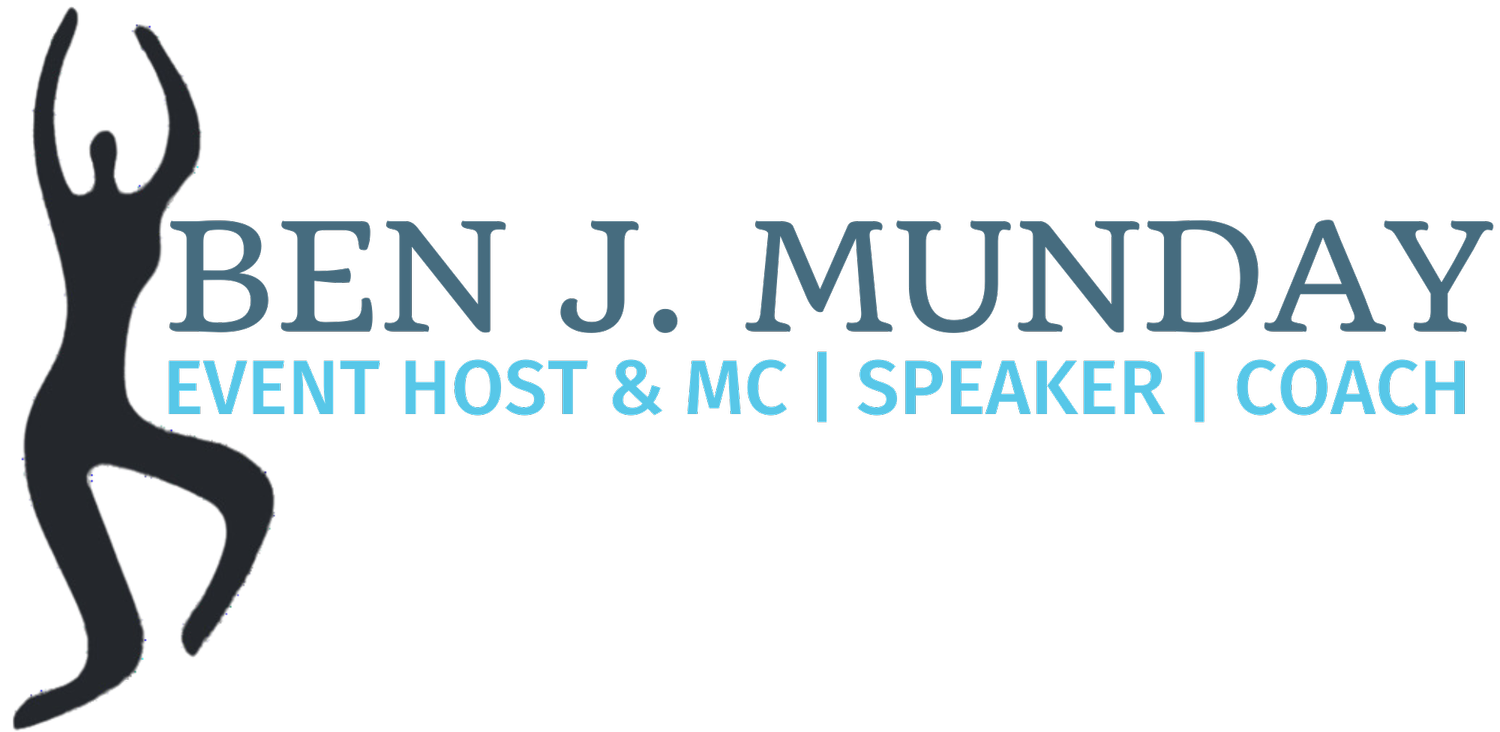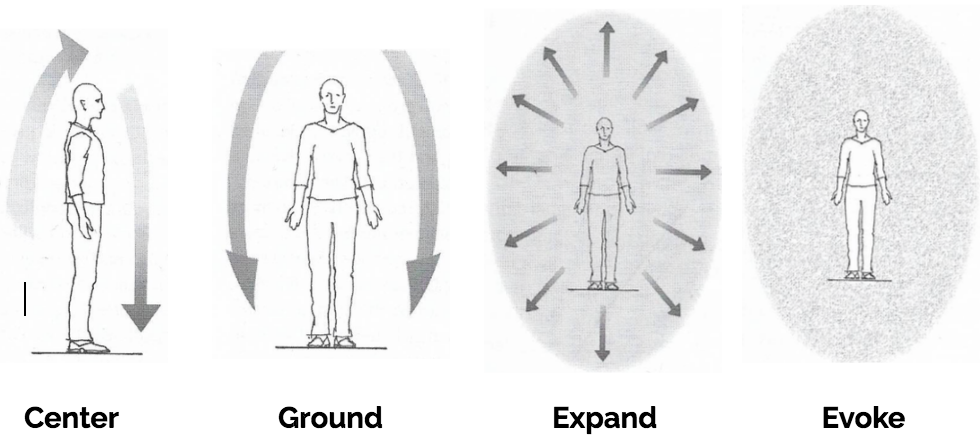Sensitivity: the Feminine YIN Strength to Lead With.
With more women graduating universities and PhD programs than men, the lack of talent within business is NOT the issue. So why is this talent under represented in higher positions within business?
A major inequality faced by women in the office is that of the double bind. If a professional woman is too pushy or direct, they are disliked. But if they are too weak and passive then they will be walked all over. Either way, they dont get the promotions they rightful deserve.
Carl Jung famously posited the popular understanding that our human personality has both a feminine and masculine element, the dynamic relationship between Yin and Yang.
Yin - Anima - feminine = connective, receptive, empathy, creativity and passive
Yang - Animas - masculine = active, direct, dominant, intense, discriminative,
Getting the balance just right then is important for successful navigation of life and certainly within the office environment.
Unfair? Challenging? Yes maybe, though women are born with an innate super power… that of sensitivity. Sensitivity from sensation starts in the body, which makes it an excellent place to work from. Below are 3 body-oriented concepts and processes that when embraced can lead to increased sensitivity, awareness of Yin and Yang energies and can create incredible outcomes.
1. Mastering Your Space
The finest quality of a leader is their awareness and the ability to hold space either in a conversation, with another or perhaps a whole room. Through the embodied technique of mastering you space, anyone can follow 4 simple steps to make themselves present and attune to the environment they are in. Especially powerful for either a leader, manager or anyone that wishes to embodied stronger self-leadership qualities.
Center: Check-in, direct attention inwards towards the centre of gravity (stomach area), bring awareness to the physical body.
Ground: Anchoring into the floor for stability and bring a felt sense of their presence and mass through gravity.
Expand: From this felt sense of center, expand this sense of awareness outwards beyond themselves into the whole space.
Evoke: Within this felt experience, evoke a feeling or emotion into the space. (i.e Quality like openness, curiosity, compassion).
For more details on these steps, a full description of this method can be found in this recent article.
4-Step process for Mastering your Space from Embodied Leadership training
2. Physical Body Shaping
Borrowing from the work of Dylan Newcombe and his embodied intelligence methodology called UZAZU (pronounced ou-zaa-zou) which contrasts deliberate expansion and contract of our body shape in relation to our 3D space (3 x Dimensional axis along Front/Back, Up/Down and Narrow/Wide). We can create different postures to experience a variety of feelings (states) and cultivate helpful experiences for others we are in relation with.
The 3 different axis and their purpose:
Sagittal line - Back to Front / Highlight Self and Other
Yin: We move back into SELF (we separate away from Other), into our own personal space.
Yang: We move forward into OTHER. we to go towards, leaning into the space and connect with another.
Vertical line - Down & Up / Highlight Sensing & Action
Yin: We drop Down into feel ourselves, the environment and situation, we drop into a space of feeling and sensing.
Yang: Moving Up into action. As we rise up into movement, taking direction, create and inspire.
Horizontal line - Narrow & Wide / Highlight Inner Experience & Outward Relating
Yin: Narrowing our body shaping brings alignment, focus and concentration to the task or situation in front of us.
Yang: To Widen and expand outwards, we start to relate to our environment, to connect and be part what is around us.
Once grasped, we can mix these three axises to create the (optimum) state for the task at hand. Some examples of these positions for varying topics in the office are:
Giving Feedback: Down (sensing), Forward (with other) and Narrow (Inner experience). We might use this position when delivering a difficult conversation, when we need to focus on another, while bringing empathy and connection.
Creation and Collaboration: Moving Forward (with others), Up (into action) and Wide (relating to) when we are collaborating with our team and wish to inspire and get everyone active in ideating or brainstorming.
Preparing a meeting or Document: In the situation of solo work for a big proposal or investor meeting: Being being Back (in self), Up (into action) and Narrow (Inner experience) to help bring focus to out attention and concentrate to get it done.
What position might you try for giving a presentation to a colleagues? Or introducing new team members?
The Embodied Intelligence map from UZAZU.org with 3 Axis of movement - Front/Back, Up/Down & Narrow/Wide.
3. The Power of the Face
Two biological circuits to mention. Firstly, the Vagus Nerve, the 10th cranial nerve in the top of our spine, is a bi-directional information highway that travels throughout our body from our face, down to our visceral organs. Its job is to survey our environment for signs of safety or threat and direct our behaviour accordingly.
Secondly, the mid-section of our brain, subcortical, that is associated with our mammalian stage of development is responsible for reading emotions and judging authenticity. With these two circuits working together we are excellent at reading others and our face is a powerful ‘interface’ between expressing our emotional state and reading that of others.
Being conscious we can role model excellence for others, from the top
Forehead
Yin: Relaxing the muscle around the brow, open and calm disposition
Yang: Contracted muscles create frowning, communicating concerns, worry.
Eyes (and surrounding optical muscles)
Yin: Softening, and relaxing visual focus, take in periphery
Yang: Contracted muscles create intensity. Vergence eye movement (moving eyes towards centre) = alertness
The Head Tilt
Yin: Creates parietal posture - sense of easy, relaxed nervous system
Yang: Straight up, erect, displays alertness (imagine a meerkat)
Smiling
Yin: Super obvious of course, smiling will offer a feeling of welcome
Yang: Showing the teeth is a sign of aggression and tension
Relaxing the Jaw
Yin: Releasing jaw narrows shape of face to seem longer and thinner Vs wide square
Yang: Holding tension in the jaw impacts cognition and thinking. Create tightness
Voice Prosody (Vocal Range)
Yin: Increased vocal range, demonstrates calm (picture mother and baby cueing)
Yang: Narrow range, low tone is received as threatening.
Neck Muscles
Yin: Relax muscles allow more flexion in vocal range. Increased prosody
Yang: Contraction and rigidity reduces head movements and vocal range
Which if these sound obvious, familiar? Which of these would you like to practice more of?
Thanks Kate Pljaskovoa for this photo
Conclusion
Writing this piece reminds me of the popular book ‘Must read’ leadership book “How to Win Friends and Influence People”, though I wish to rephrase this as “Be Friendly and role-model to people”. (not so catchy but you get it…)
The 3 practices above take sensitivity to get right. They are nuanced yet powerful. It is within my own experience in teaching these skills to both men and women that it is the heightened Yin energy of sensitivity that gives women an advantage of learning these meta skills.
Through understanding the energy patterns of Yin and Yang, and how we can use our own body as an instrument of sensitivity it is possible to navigate the challenge of the Double Bind experience with new vigour and technique.
We need more women in leadership and it is my hope that by highlighting these skills they can be even more present, skilled and empowered.
Sources and Citations
Rosin, H,. (2013) The End of Men: and the rise of women, USA, Riverhead Books
Palmer W. & Crawford, J. (2013) Leadership Embodiment: How the Way We Sit and Stand Can change the Way we Think and Speak, USA, Createspace
Newcombe, D., (2021) UZAZU Embodied Intelligence, www.uzazu.orgBrookings,2018, The Male College Crisis is not just in Enrollment, but Completion. 12.0.2022, https://www.brookings.edu/blog/up-front/2021/10/08/the-male-college-crisis-is-not-just-in-enrollment-but-completion/
JSTOR, Coward, H., (1996) Taoism and Jung: Synchronicity and the Self, Vol. 46, No. 4, Philosophy East and West, https://www.jstor.org/stable/1399493
National Centre for Biotechnology Information, 2016, Autonomic Control of the Eye. 22.01.2022,
https://www.ncbi.nlm.nih.gov/pmc/articles/PMC4919817/
Huberman, A. (Host). (2022.02.07) Using Play to Rewire & Improve Your Brain (Bo.58) In The Hubermanlab Podcast: https://www.youtube.com/watch?v=BwyZIWeBpRw




